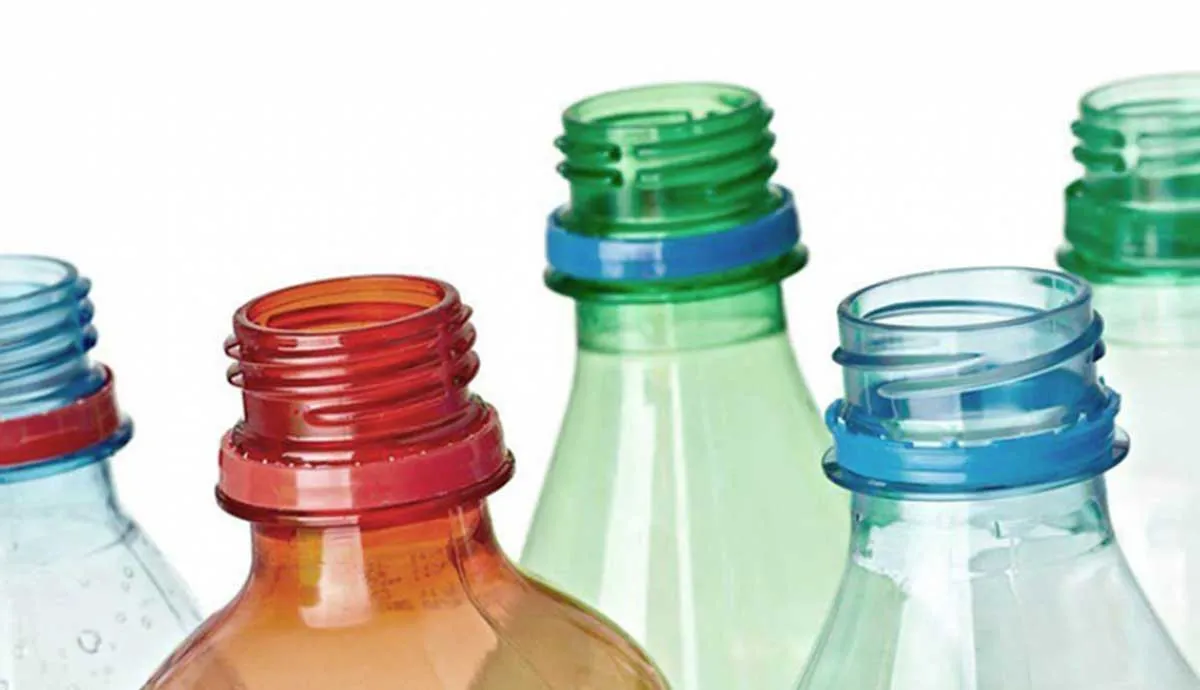If you want creative freedom and the confidence to design containers and beverages that resonate with consumers, UV barrier additives are worth your consideration. They can also improve your sustainability credentials and streamline manufacturing.
To make them work best for your application, consider these three tips:
1. Container Design and Thickness
Some PET container designs and shapes include varying thicknesses. There is a potential for ‘weak spots’ where the barrier additive is less concentrated and this could affect protection levels. It is always recommended to test the container at multiple points in the wall section (at least at the thickest and thinnest locations) to fully assess the UV barrier capability. Base your additive concentration on the thinnest point in the wall section to ensure adequate protection across the entire container.
2. PET Compatibility
Introducing any additive has the potential to pose challenges for production and technical teams. ‘Plate-out’ (deposits on the surface of an injection mold) is a common problem when using additives during injection molding of preforms. When additives are not specifically designed for use in PET, they can migrate from the polymer matrix and form tiny deposits. This can lead to inferior preform quality and increased downtime. Selecting barrier formulations that are compatible with PET can reduce the risk of plate-out and related processing issues.
3. Container Clarity
Some UV additives can affect the clarity of clear and transparent PET containers. Where clarity is critical, remember to specify high-performance additives that can be introduced at low addition rates and do not discolour the polymer or cause haze.
Learn more about UV barrier additive options by contacting an expert at Avient today!
